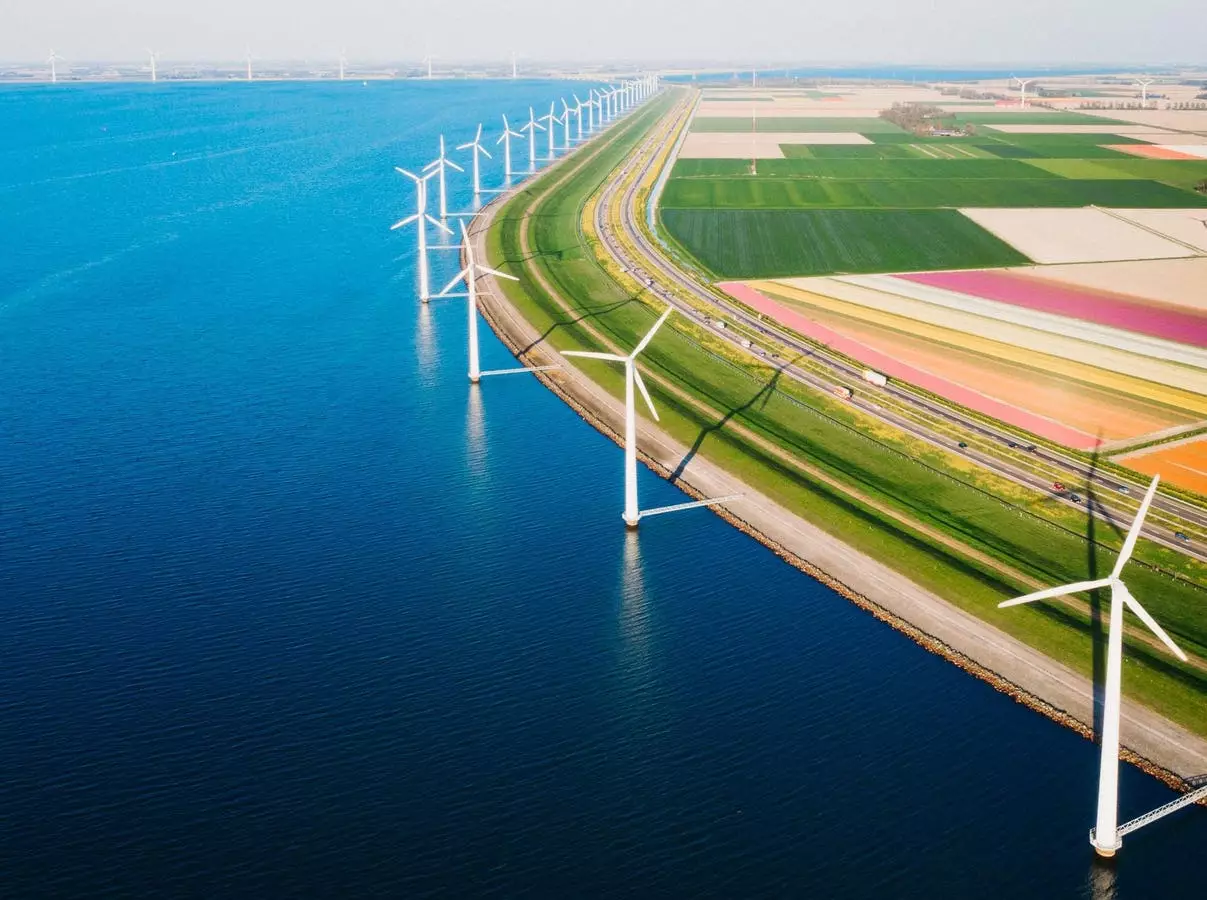In a world plagued by climate change concerns, the news surrounding the increase in electricity production from renewable sources brings a glimmer of hope. According to energy think tank Ember, in 2024, a record 30% of worldwide electricity production came from solar, wind, and other renewables. This shift marks a significant milestone in the efforts to reduce carbon emissions and mitigate the impacts of fossil fuel consumption on the environment. While this progress is commendable, it is important to note that the transition to cleaner energy sources is still a work in progress.
With the integration of nuclear power into the energy mix, nearly 40% of global energy production came from non-carbon fuel sources last year. This diverse energy portfolio is critical in reducing reliance on fossil fuels and transitioning to a more sustainable energy system. The growth of renewables over the past two decades has been steady, with solar and wind accounting for 13.4% of electricity generation in 2024, a significant increase from just 0.2% in 2000. China has emerged as a leader in this transition, driving significant gains in renewable energy adoption.
The agricultural sector plays a crucial role in the sustainability movement, with innovative practices paving the way for more environmentally friendly farming methods. The USDA’s Climate-Smart Commodities program is a testament to this shift towards sustainable agriculture. By incentivizing farmers to adopt climate-smart practices, such as no-till farming, cover cropping, and efficient irrigation systems, the program aims to create a new category of commodities that command a premium in the market.
Through partnerships and financial support, farmers are encouraged to embrace sustainable agricultural practices without the fear of financial risk. By rewarding farmers for producing Climate-Smart Commodities, such as the case with long-grain rice that reduces water usage and methane emissions, the program creates a win-win situation for both farmers and the environment. The promotion of diverse farming practices across different regions and crops underscores the potential for widespread adoption of sustainable agriculture practices.
As new funding sources, such as the Inflation Reduction Act, come into play, the landscape of U.S. agriculture is poised for transformation. This presents an exciting opportunity for American agriculture to take a leadership role in the global push for sustainability. By leveraging innovative technologies, policy changes, and consumer demand for sustainable products, the agriculture sector has the potential to accelerate the transition to a net-zero future, setting an example for other industries to follow.
While progress has been made in the realms of renewable energy and sustainable agriculture, there is still much work to be done to address the challenges posed by climate change. The transition to a more sustainable future requires collective effort, innovative solutions, and a commitment to prioritizing the health of the planet. By continuing to push for change at all levels of society, from individual consumers to multinational corporations, we can pave the way for a greener, more resilient future for generations to come.

